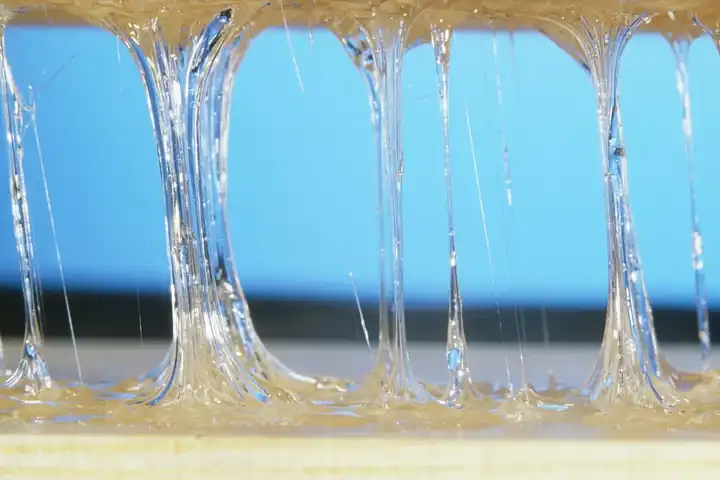Messi Biology stated that the application of magnesium oxide in acrylate materials is mainly reflected in its use as an additive or auxiliary material to improve certain performance characteristics. Acrylate is a widely used polymer monomer used to produce various types of coatings, adhesives, sealants, plastics and elastomers. Magnesium oxide can provide a variety of benefits to these materials:

1. Catalyst: In the synthesis of certain acrylates, magnesium oxide can be used as a catalyst or catalyst support. It can promote the reaction process, improve reaction efficiency, and help control product selectivity.
2. Stabilizer: Magnesium oxide has good thermal stability and chemical stability, so it can be added to the acrylate system as a stabilizer to prevent the degradation of the material during processing and use and extend the service life of the product.
3. pH regulator: Since magnesium oxide is alkaline, it can be used to adjust the pH of the acrylate system. This is important for maintaining certain pH-sensitive ingredients (such as pigments, fillers, or other functional additives) to ensure that they do not lose their effect due to pH changes.
4. Enhanced mechanical properties: Adding magnesium oxide in moderation can improve the mechanical properties of acrylate materials, such as increasing hardness, strength and wear resistance. This makes the final product more durable and suitable for a wider range of application scenarios.
5. Improve processing performance: Magnesium oxide can also improve the processing performance of acrylate materials, such as fluidity, dispersion and drying speed. This is very important for manufacturing processes because it can simplify production processes and increase productivity.
6. Antistatic properties: Some forms of magnesium oxide have certain conductivity, which can help reduce static accumulation when introduced into acrylate materials, which is particularly useful for some applications that require antistatic properties.
7. Light stability and weather resistance: Magnesium oxide can provide a certain degree of light protection, helping acrylate materials resist ultraviolet rays and other environmental factors, thereby improving their weather resistance and outdoor service life.
8. Filler: In some cases, magnesium oxide can also be used as a filler to reduce costs and impart specific physical properties to the material, such as density, thermal conductivity, etc.
